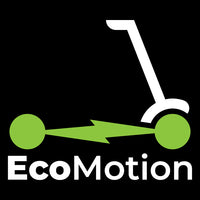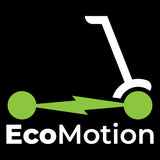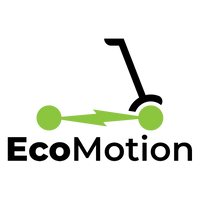Electric Scooter Guide - Top 5 Scooters for Riding in the Rain (Jan 2021)
A 5-minute video review of the TOP SCOOTERS FOR THE RAIN.
The leading independent, unbiased, global authority on electric scooters, Electric Scooter Guide, test and rate the best electric scooters across:
- IP Rating (Measure of dirt and water resistance),
- Wet traction (Tyres on wet pavement)
- Size of Pneumatic Tyre (larger tyres better for stability & control)
- Rear Wheel Drive motor for traction while accelerating.
- Fender protection (from water splash/flick up)
- Deck Traction/Grip.
Includes new, independent data collected from the ESG Labs.
Essential information for anybody who plans to commute in Melbourne on an electric scooter.
The ONLY place in Melbourne to get "the world's most famous wet weather commuter", the EMOVE Cruiser (and also coming to Australia soon, the Fiido Q1S) is EcoMotion Electric Scooters.
ESG's Testing Methodology:
The "Ingress Protection" or "IP rating" of a scooter is a score for resistance to being exposed to solids and liquids. A typical IP rating for a scooter would be something like IP54. Here, "5" is the dust protection rating, and 4 is the water protection rating. The main thing to know is that the last digit is the one you care about for rain. Higher is better, and the bare minimum for riding in the rain is going to be IPX4.
Braking performance on wet pavement was exactly that. ESG measured braking performance in the wet and compared stopping distances. This is the only score in the evaluation where a smaller number is better. The winning combination here is a short stopping distance that doesn't supernatural braking skills to pull off.
Fender protection was measured by laying a straight surface from the edge of the tire to the rearward edge of the rear fender. This shows what direction water will spray when leaving the tire and fender. Zero degrees would be no fender at all, with water shooting straight at the rider's ankles and above, where 60 degrees would hit the rider's waist and above, 90 degrees would shoot water straight up, and 180 degrees would shoot water straight back at pavement level. Score is 0 deg to 180 degrees, with higher being better. The most critical number is that the angle be above 90 degrees, so water is going away from the rider rather than towards the rider.
Wet vs dry traction was measured with a drag test. Literally pulling a weighted scooter sideways and measuring the amount of force required to break traction. In this case the wet traction score of each scooter was only compared to the dry traction of that same scooter, giving an indication of how much you would need to adjust your riding on that scooter in the wet vs how you would ride it in the dry. A score of 90% would indicate that you have 90% as much traction in the wet as in the dry. Of course, higher is better with 100% being the highest score and indicating the same traction in the wet as on dry pavement.
Deck traction was measured in a similar manner, pulling a weighted shoe across the deck. Here they were able to compare absolute traction from scooter to scooter, since the weight and contact patch of the dragging device was the same for each test. A higher number here indicates more foot traction.
The subjective score for wet weather ride quality doesn't appear as a score in the video, but was weighted equally to the other criteria when determining the final rankings. The ride quality score takes into account, things like: skill level required to achieve maximum braking in the wet & ease of throttle control.




Leave a comment